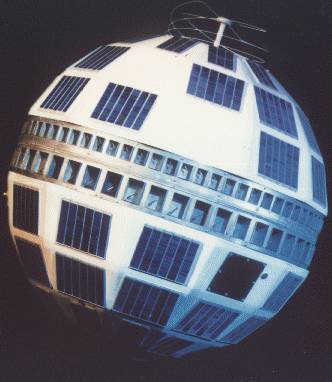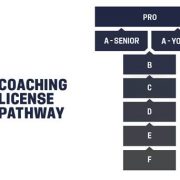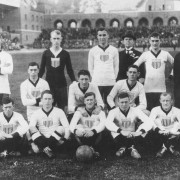Why the Soccer Ball Is the Way It Is
![]()
Modern soccer balls are actually relatively new, dating back to just 1855. Charles Goodyear is credited as developing the ball as we know it today. Goodyear is the New Englander who invented vulcanized rubber, revolutionizing shoes, boots, tires, conveyor belts, gloves, balls, pumps, and so on and so on. Before Goodyear, soccer balls were made from various products. Stuffed animal skins. Linen. And popular in the middle ages, pig bladders.
In this article, we’ll be looking at the different features of the ball. Who decided the size? Why is it checkered? Who sells the most today? What causes it to curve in the air the way it does? Why is it the way it is???
Size
The English Football Association (FA) formed in 1863, birthing organized soccer. With this birth came the regulation ball size. FA Law 2 requires that all balls must be:
- spherical
- made of suitable material
- of a circumference of between 68-70 cm
- between 450g (1 lb.) and 410g (14oz) in weight at the start of the match
- of a pressure equal to 0.6 – 1.1 atmosphere (600 – 1,100g/cm2) at sea level (8.5 lbs/sq in – 15.6 lbs/sq in) (Whatever this means)
Sorry Tom Brady, FA would probably call you out on deflated balls as well.
Pats-bashing aside, the standard soccer ball “size 5” dates back to the original FA 1863 regulations. The modern design and stitching would come just over a century later.
Stitching/Pattern
The year was 1970. The country was Mexico. It was June, with temperatures in the high 70’s (25°C). Brazil was on its way to beating Italy 4-1 in the final match of the World Cup. This satellite launched about 8 years prior:

This satellite was the Telstar I. For football players, does the name sound familiar?

The Adidas 1970 Telstar was the ball that was introduced to soccer in the 1970 World Cup. With a design based on the satellite, the black and white features made it easier to see on television sets. Needless to say, it caught on.
Brands
The Wilson Traditional

It’s the highest selling soccer ball on Amazon (at time of this post). Regulation size sells for $12.99. Wilson took the classic black-and-white image of the Adidas Telstar and manufactures the balls with butyl rubber.
Adidas Euro 2016 Beau Jeu Official Match Soccer Ball

This is notably pricier, with an Adidas MSRP of $159.99. Why is this ball expensive the way it is? It’s thermally bonded, and Adidas claims that it will produce an accurate trajectory. Some reviewers, however, say it loses air too easily.
Nike Premier League Strike Football

Nike received a lot of flak in the 90’s for making soccer balls in sweatshops. They responded by telling the public they would eliminate any sweatshop activity in their production. However, in 2001, they were at it again. Can we trust Nike? You let us know…
Magnus Effect
Check out this video that explains the soccer ball curve, aka the Magnus effect:
Now that you know your ball, get busy on the field!
Do you love the game of football? Join our community at AZSoccer.net FORUMS!
Check out #HMPYG (link) for more content by writer Steve Inganamort.





Trackbacks & Pingbacks
[…] of community. Children smiled, car salesmen cheered, Jamaican-Americans applauded, teens kicked soccer balls around. Many races and faces came out to support a growing franchise that’s bringing people […]
Leave a Reply
Want to join the discussion?Feel free to contribute!